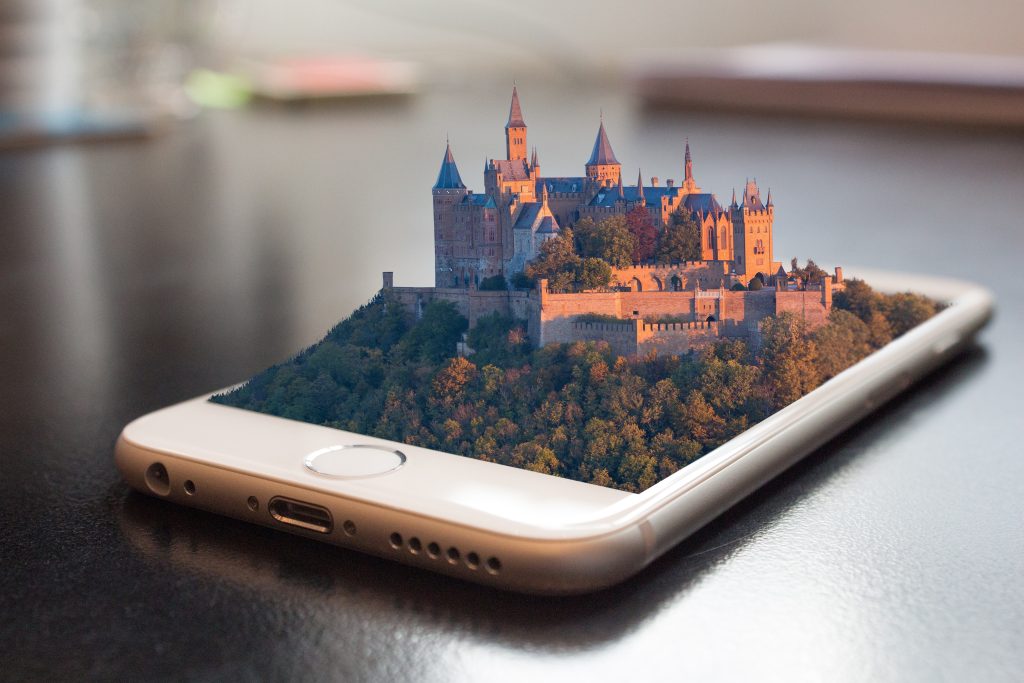
The digital world is evolving faster than ever, and augmented reality (AR) is leading the charge. Gone are the days when AR was reserved for tech giants or required a team of developers. Today, WebAR — AR experiences accessible directly through browsers — is democratizing creativity, letting anyone build immersive campaigns without writing a single line of code. Let’s explore how this revolution is unfolding and the tools making it possible.
The Rise of WebAR: Why Browsers Are the New Canvas
Imagine pointing your phone at a poster and watching it come to life with animations or visualizing how a new sofa would look in your living room through your screen. This isn’t sci-fi — it’s WebAR, and it’s transforming how brands engage audiences. Unlike traditional AR, which relies on app downloads, WebAR works instantly via links or QR codes, eliminating friction and opening doors for businesses of all sizes.
You don’t need to be a developer to create these experiences. A wave of no-code platforms has emerged, empowering marketers, educators, and entrepreneurs to build AR magic in minutes. Let’s dive into the tools leading this shift.
Zapworks: Where Simplicity Meets Power
If you’re looking for a platform that balances ease of use with professional results, Zapworks is a standout. Its Designer tool offers a drag-and-drop interface that turns complex AR concepts into reality — no coding required. Picture this: a retailer creating a virtual try-on experience for sunglasses or a museum bringing historical artefacts to life through a smartphone lens. Zapworks handles it all, from animations to 3D modelling, while ensuring experiences load seamlessly in browsers.
Nike famously used Zapworks to let customers “try on” sneakers virtually, blending the physical and digital worlds to drive sales. For businesses, this means campaigns that captivate and convert.
Overlyapp: AR for Every Budget
Not every business has a Fortune 500 budget, and Overlyapp gets that. This cost-effective platform lets small teams create WebAR experiences in minutes. Upload a 3D model, link it to a QR code, and share it with your audience. Whether you’re showcasing a product, enhancing a print ad, or adding interactivity to a conference booth, Overlyapp keeps things simple without sacrificing quality.
Think of a coffee shop using AR to display nutritional info when customers scan a menu or a bookstore embedding author interviews into book covers. It’s AR that’s accessible and actionable.
PlugXR: Flexibility at Your Fingertips
For those who want more creative control, PlugXR (also known as Blippbuilder) offers a drag-and-drop editor paired with advanced features. Beginners can build a basic AR experience in under 10 minutes, while pros can integrate SDKs for facial recognition or geolocation triggers. A real estate agent, for example, might create a virtual property tour that adjusts based on a user’s location, or a teacher could design an interactive lesson on planetary systems. PlugXR’s cloud-based system also ensures your AR content works across devices, from smartphones to tablets.
Hololink: Speed Meets Innovation
In a world where timing is everything, Hololink is a lifesaver. Its intuitive interface lets you design and deploy AR campaigns in record time. Picture a trade show booth where attendees scan a badge to unlock exclusive content or a retail store where scanning a product reveals a limited-time discount. Hololink’s rapid prototyping tools make it ideal for time-sensitive promotions or events.
Vossle and Web-AR.Studio: AI and Freedom
Vossle leverages AI to simplify creation—upload an image or video, and its algorithm generates an AR experience tailored to your brand. Meanwhile, Web-AR.Studio offers a free, open-access platform for experimenting with AR. Teachers, hobbyists, and startups can use its templates to build everything from virtual art galleries to interactive games.
Blippar and UniteAR: Specialized Solutions
Blippar stands out with its pay-per-view pricing, making it perfect for short-term campaigns. A movie studio might use it to bring posters to life with trailers, paying only when users engage. UniteAR, on the other hand, transforms static images into dynamic experiences — ideal for packaging, magazines, or logos.
Why No-Code WebAR is a Game-Changer
These tools aren’t just about convenience — they’re reshaping industries. Retailers reduce returns by 30% with virtual try-ons, educators boost engagement with interactive lessons, and marketers see users spend 85% longer on AR content.
Your First Steps into WebAR
Ready to dive in? Start small:
Define your goal: Is it brand awareness, education, or sales?
Choose a platform: Zapworks for polish, Overlyapp for affordability, and PlugXR for flexibility.
Test and iterate: Use analytics to refine your campaigns.
The Future is Here — And It’s in Your Hands
WebAR isn’t just for tech companies anymore. With no-code platforms, creativity is limitless.

Leave a Reply